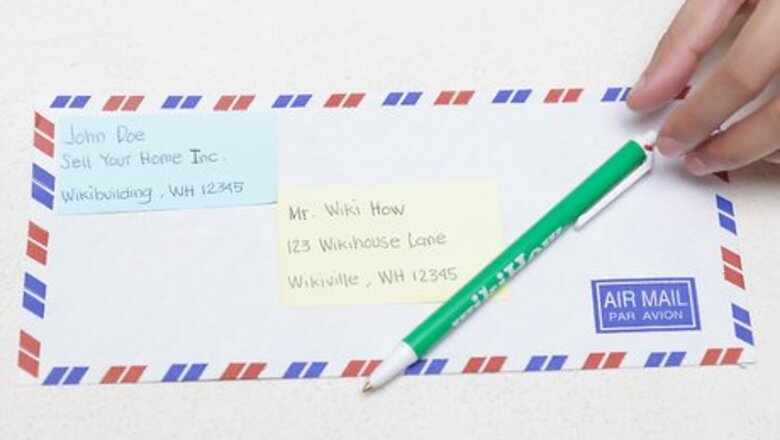
views
Folding a Standard US Business Letter for a Standard Business Envelope
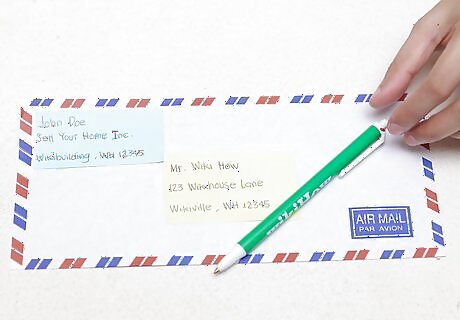
Write on the envelope. If you are handwriting the recipient’s information on the envelope, do this before you insert the letter so that you don’t leave dents in the paper. If you want your letter to look more professional, you can use your printer to print out the address on the envelope. You should write the recipient’s address on the front of the envelope in the center (e.g. if you are in the US: name, address, city, state, and zip code), as well as the return address (your name, address, city, state, and zip code) in the top left hand corner.
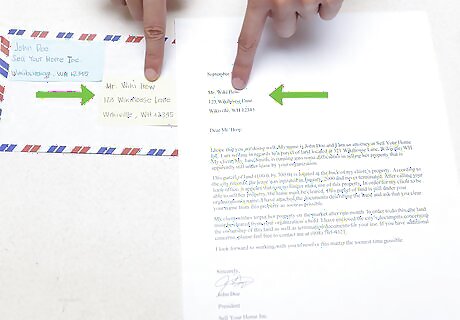
Place the letter face up on a table. Before you fold the letter, check that the address on the letter and the address on the envelope correspond. Double check that you have signed the letter. The text should be facing up towards you as though you were reading it.
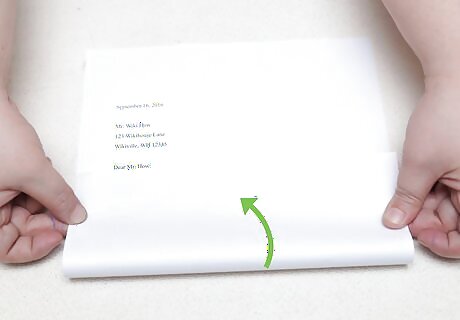
Fold the bottom part of the letter up. Take the bottom edge of the page. Fold it up and over so that the bottom edge lines up about one third the way up the page. If you aren’t sure how much this is, take your envelope and place it underneath the middle of your letter to use as a guide.
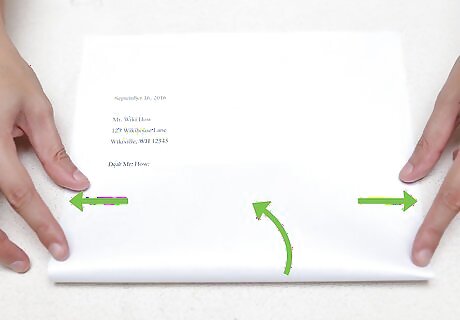
Check that the edges are lined up. Before you crease the fold, make sure that the outside edges of the letter all line up perfectly to avoid crooked creases. If the edges aren’t lined up properly, your fold will be crooked and your letter may not fit into the envelope. Once you are sure they are lined up, use your finger to crease the fold carefully.
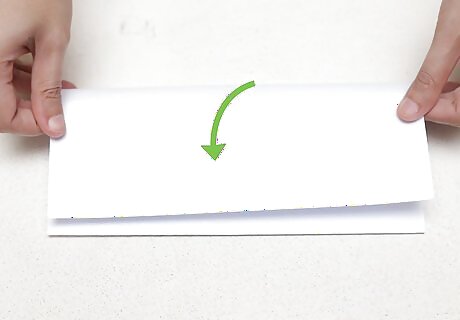
Fold the top part down. Now take the top part of the letter and fold it downwards so that there is about half an inch (about 1 cm) of space between the bottom crease and the top (folded down) edge of the letter. Again, use your envelope as a guide if you aren’t sure. When your envelope is lying underneath the letter you can check to make sure that it will fit inside by lining up the top and bottom creases of the letter with the top and bottom of the envelope.
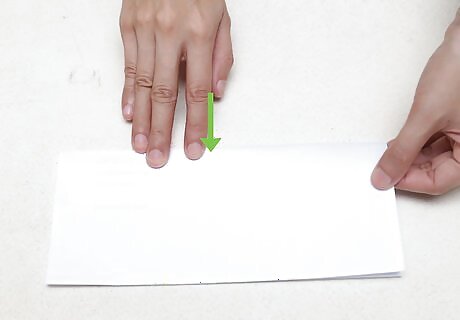
Crease the top fold. Don’t forget to line up the top part of the fold with the edges of the page. This will give you a nice clean and straight fold. You can hold a ruler sideways between your fingers and slide the thin edge of the ruler along the paper to create a flat and crisp crease if you want to.
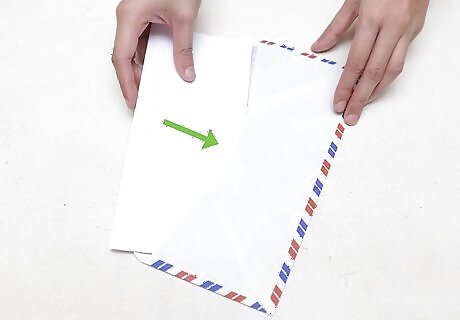
Insert the letter into the envelope. Take the letter so that the folds face outward, and the top fold coincides with the top of the envelope. Hold the envelope so that the flap of the envelope faces you, and opens towards you. Place the letter carefully into the envelope so as not to dent the page. The recipient should be able to remove the letter and open it without having to turn it right-side up to read it.
Folding a Standard US Business Letter for a No. 10 Windowed Envelope
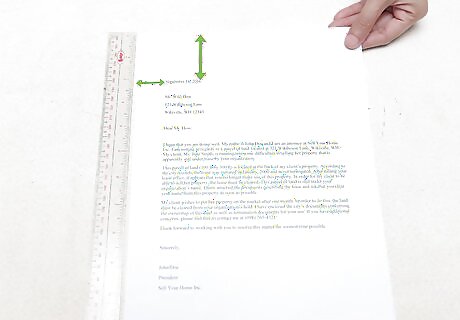
Make sure you have formatted the letter correctly. If you are using an envelope that has a see-through “window" where the recipient’s name and address will show through, it is very important that you have the letter formatted so that this information lines up correctly. To format a business letter, you should first ensure that your margins are set at 1 inch (2.5 cm) on all sides in your word processor. Make sure that you have the text aligned to the left hand side of the page while you are typing the date and the recipient’s address. The letter should be single spaced except for in-between paragraphs. Between paragraphs there should be two spaces. The entire letter should be left aligned. There should be approximately 2 inches (5.1 cm) of blank space from the top of the page to the place where you type the first line of text (the date). Type the date out in full (e.g. April 1, 2016 instead of 4/1/16). Hit enter two times so that you have a blank space between the date and where you will type the recipient’s information. Type the full name of the recipient (e.g. Mr. John Doe), hit enter and type the address of the recipient, hit enter again and type the city, state, and zip code of the recipient. Be sure to include a space between the recipient’s contact information and the salutation.
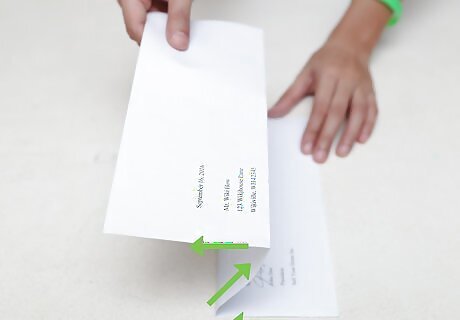
Fold the letter into a “z fold.” To take advantage of the window of the envelope, you will need to fold the letter so that the recipient’s name and address face outwards. This version of folding doesn’t afford the same privacy as folding the letter inwards, but it must be folded this way if you want the name and address to show through the window. If the letter contains sensitive information, it may be best to use a standard envelope with no window.
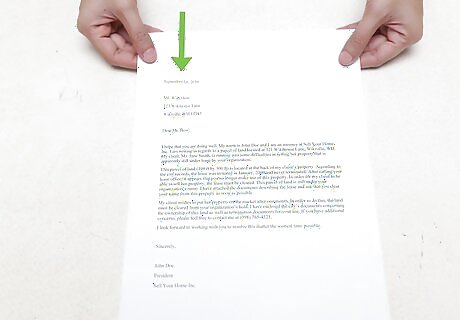
Begin with the letter so that the text faces down. Having the text facing down will make it easier to see where the name and address are when you fold it. If you have done this right, you will not be able to read the text of the letter.
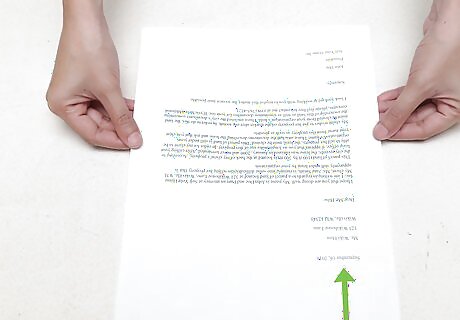
Arrange the letter so that it is upside down. The letter should be text-side down, but make sure that it is also arranged so that the recipient’s name and address are closest to you. If you have done this right, when you peek underneath the paper, the name and address of the recipient will be the closest thing to you.
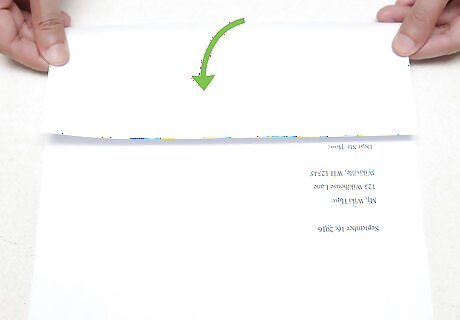
Fold the top down. Take the upper third of the paper and fold it down towards you. If you aren’t sure how far that is, you can also align the envelope under the center of the paper to use as a guide.
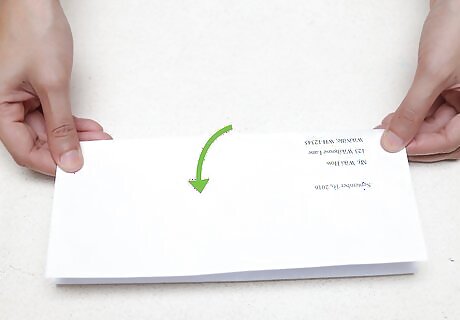
Fold the bottom up. Take the bottom third of the paper and fold it up and away from you. The name and address of the recipient should now be visible to you.
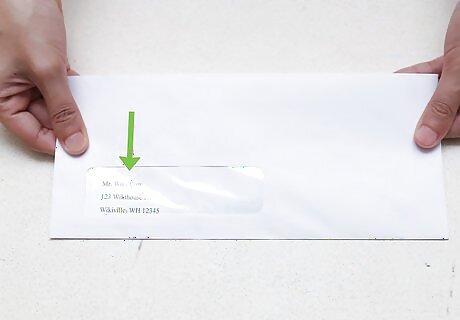
Insert the folded letter into the envelope. Take the letter so that the recipient’s information faces the front of the envelope. Insert the letter so that the information shows through the window. If you can’t see the recipient’s information, you might have inserted the letter upside down. Remove the letter and turn it around (the recipient’s information should still face the window).
Folding a Standard US Business Letter for a Small Business Envelope
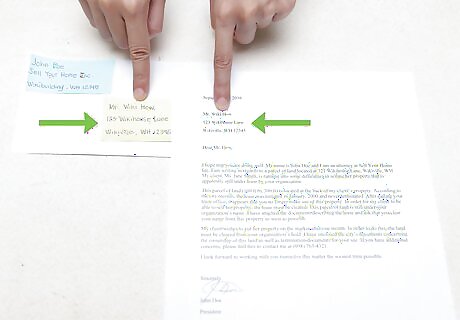
Check the address. Before folding the letter, make sure that the address on the inside of the letter matches with the one that you have written or printed on the envelope. This will help avoid any mixups. Don’t forget to check that you’ve signed the letter.
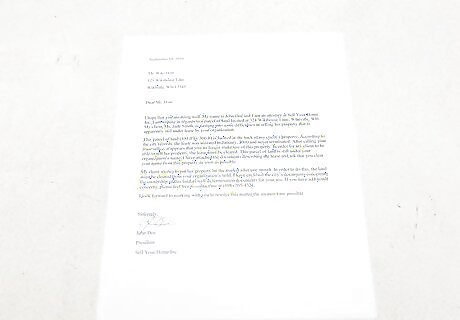
Lay the letter on a table. Make sure that the text is facing up and towards you. This is your last chance to proofread and double check that you haven’t forgotten anything. For example, have you dated the letter? Are there any spelling or grammar mistakes?
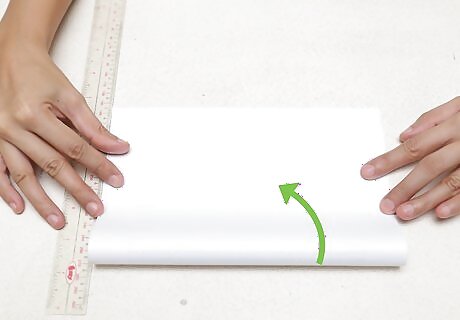
Fold the bottom half up. Take the bottom of the letter and fold it so that it is about half an inch (about 1 cm) from the top of the page. You can place the envelope underneath the letter to use as a guide. Make sure that when you have folded the letter up, it is small enough to fit inside the envelope.
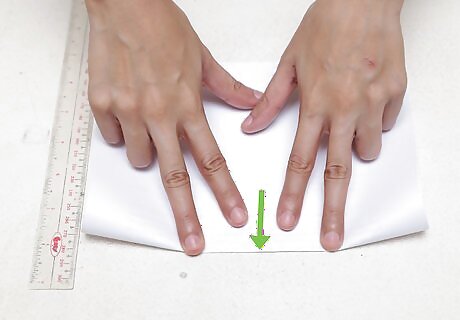
Crease the fold. Make sure to line up all the outside edges of the paper before creasing so that you don’t end up with a crooked fold. If the fold is crooked, your letter may not fit into the envelope. Use a ruler to make the crease nice and sharp. You can do this by holding a ruler sideways and using the thin edge. Slide the edge of the ruler along the letter on the creases so they are nice and flat.
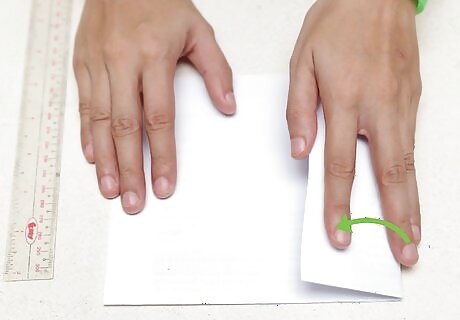
Fold the right half of the letter inwards. You will now take the right part of the letter and fold it about one third of the way in. Line up the top and bottom edges of the letter and then crease the fold.
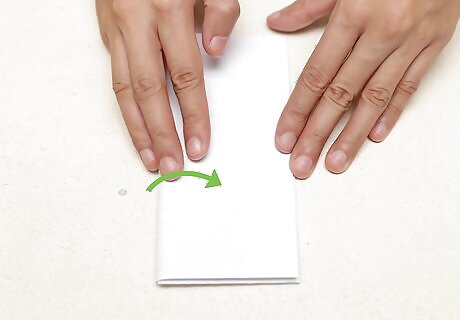
Fold the left half of the letter inwards. Take the other side of the letter and fold it one third of the way in. This will be the same thing that you did with the right side. Line up the top and bottom of the edges so they are perfectly straight before creasing.
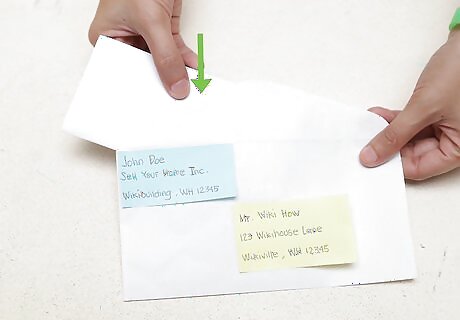
Turn the letter sideways and insert into the envelope. The last crease you made should go into the bottom of the envelope first. Place it so that the folds face the backside of the envelope. This will make it easy for your recipient to find where to begin unfolding the letter.




















Comments
0 comment